In today’s world, our cars are more than just machines; they are sophisticated hubs of technology, brimming with electrical systems that keep us connected, safe, and comfortable on the road. From the spark that ignites the engine to the circuits powering advanced infotainment and safety features, electricity is the silent force driving modern vehicles. But with this complexity comes a responsibility—understanding and respecting the electrical components of your car is essential to prevent hazards and ensure longevity. Whether you’re a seasoned driver or a new car owner, mastering a few key electrical safety tips can shield you from unexpected shocks, costly repairs, and even potential fire risks. Let’s delve into practical advice that will illuminate the path to safer driving through smarter electrical awareness.
Table of Contents
- Understanding Your Vehicle’s Electrical System
- Common Electrical Hazards to Watch For
- Essential Precautions When Handling Car Batteries
- Safe Practices for Using Aftermarket Electrical Accessories
- Tips for Maintaining Wiring and Connections
- Recognizing Signs of Electrical Problems Early
- Q&A
- To Wrap It Up
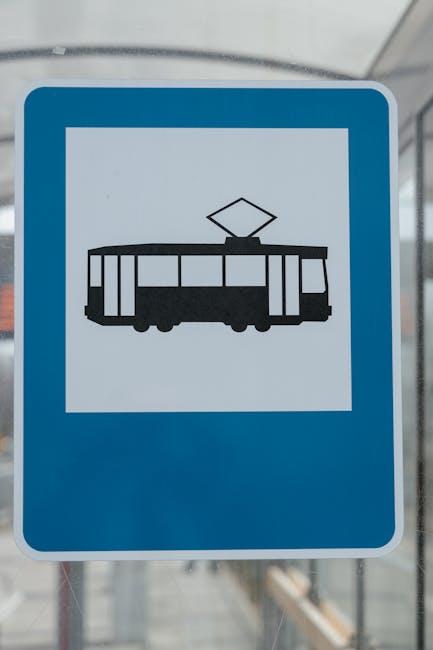
Understanding Your Vehicle’s Electrical System
Every modern vehicle relies on a complex network of electrical components working harmoniously to power everything from headlights to infotainment systems. At its core, the electrical system is driven by the battery, alternator, starter motor, and a series of intricate wiring harnesses that distribute power to various circuits. Understanding the way your vehicle’s electrical architecture operates can help you quickly identify issues or potential hazards before they escalate.
Key components to keep an eye on include the battery terminals, fuses, and wiring insulation. Damaged or corroded parts can cause shorts or inefficient operation, leading to unexpected breakdowns or safety risks. Consider these basic maintenance pointers:
- Regularly inspect battery terminals for corrosion and clean them promptly to ensure a strong connection.
- Check fuse boxes for any blown fuses or loose contacts to avoid circuit failures.
- Look for frayed wires or damaged insulation especially near engine mounts or moving parts where wear could cause shorts.
| Component | Common Issue | Safety Tip |
|---|---|---|
| Battery | Corrosion on terminals | Clean connections regularly |
| Fuses | Blown fuses from power surges | Replace only with recommended ratings |
| Wiring | Fraying or pinching | Inspect after any engine work |
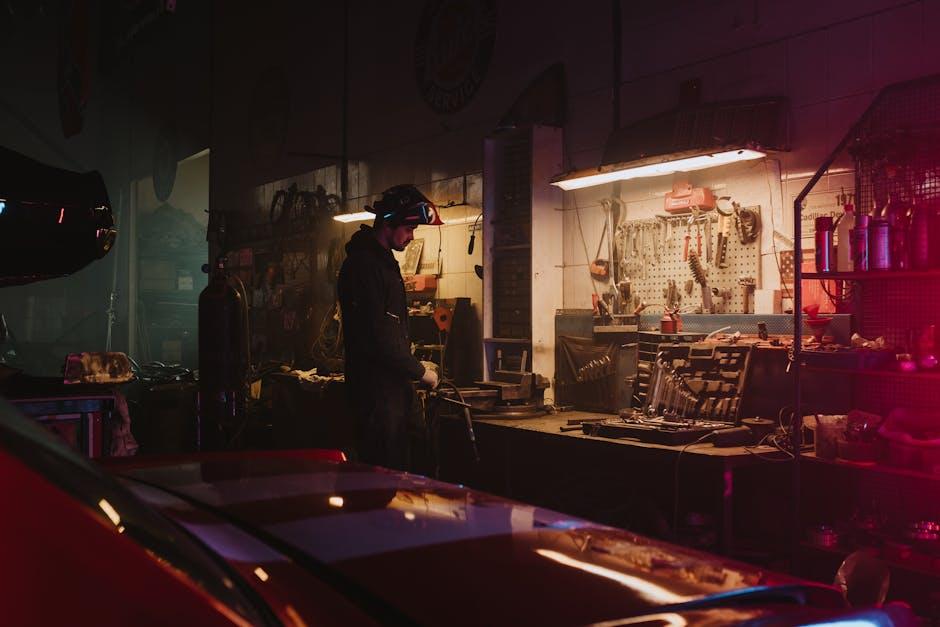
Common Electrical Hazards to Watch For
When dealing with your vehicle’s electrical system, several risks often lurk unnoticed. Frayed or damaged wiring is a prime culprit, potentially leading to short circuits or electrical fires if ignored. Similarly, improperly installed aftermarket accessories, such as speakers or lighting, can overload circuits, causing sparks or system failures. It’s essential to routinely inspect cables for exposed wires, loose connections, or discoloration that signals overheating. Additionally, water intrusion into electrical components, especially in older or poorly sealed vehicles, can lead to corrosion and unpredictable malfunctions.
Be aware of signs like flickering dashboard lights, unusual smells (reminiscent of burning plastic or rubber), and inconsistent powering of devices as red flags that your car’s electrical system might be compromised. Using a simple checklist can help you stay ahead of potential hazards:
- Check battery terminals for corrosion and ensure they’re tightly fastened.
- Inspect fuse boxes for blown fuses or signs of overheating.
- Verify that all aftermarket wiring is secured and isolated from the chassis.
- Ensure connectors and plugs are free from moisture and dirt.
- Test electrical components regularly to identify irregular behavior early.
| Hazard | Common Cause | Potential Consequence |
|---|---|---|
| Short Circuit | Damaged Insulation | Electrical Fire |
| Battery Drain | Faulty Wiring | Car Stalls/No Start |
| Shock Hazard | Exposed Wires | Personal Injury |
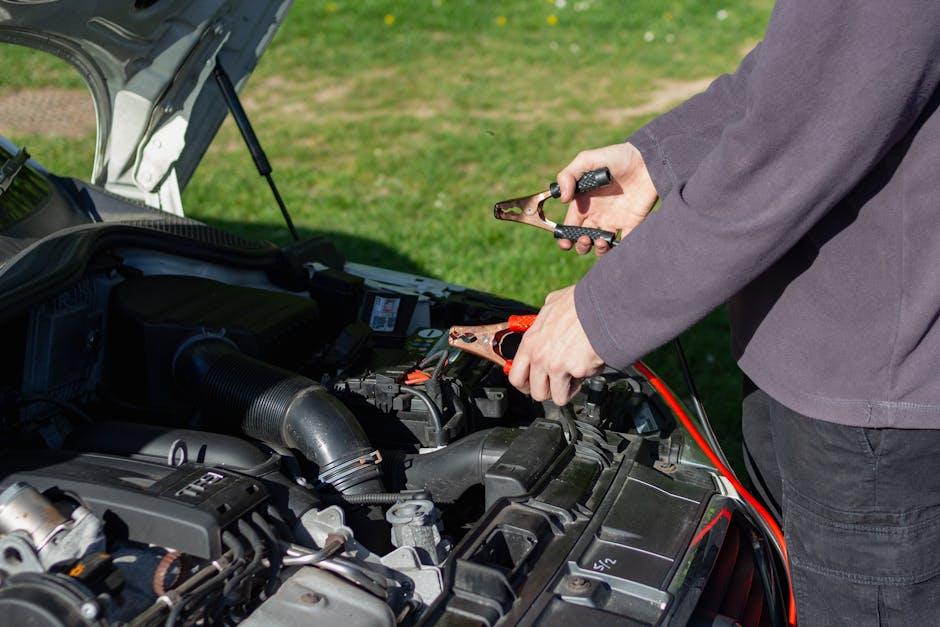
Essential Precautions When Handling Car Batteries
Before you approach the heart of your vehicle’s electrical system, it’s crucial to gear up properly and stay alert to avoid mishaps. Always wear protective gloves and safety goggles to shield your hands and eyes from harmful acid splashes or sparks. Remember to work in a well-ventilated area to prevent the build-up of potentially explosive gases around the battery. When disconnecting or reconnecting car batteries, use insulated tools to minimize the risk of short circuits and avoid placing metal objects on top of the battery.
Understanding the correct sequence can save you from dangerous sparks. Begin by disconnecting the negative (-) terminal first, followed by the positive (+) terminal when removing the battery. When installing a new battery, attach the positive terminal before the negative. Below is a quick reference to help you master the safe sequence:
| Action | Terminal Sequence |
|---|---|
| Removing Battery | Negative (-) → Positive (+) |
| Installing Battery | Positive (+) → Negative (-) |
Always keep a fire extinguisher nearby designed for electrical fires, and avoid smoking or sparks near the battery to prevent any explosion risks. Finally, ensure the battery is securely fastened in place to prevent vibrations or knocks that could damage the terminals or casing.

Safe Practices for Using Aftermarket Electrical Accessories
When integrating aftermarket electrical accessories into your vehicle, always prioritize compatibility and quality. Opt for components from reputable manufacturers that include clear installation instructions and safety certifications. Improperly matched devices can overload your car’s electrical system, leading to blown fuses or even dangerous shorts. Before installation, disconnect the battery to avoid accidental shocks, and use insulated tools designed specifically for automotive electrical work to reduce risk.
It’s also crucial to use the correct wiring gauge and secure all connections with appropriate terminals, avoiding electrical tape as a permanent solution. Consider adding inline fuses for added protection, which can prevent damage if a short circuit occurs. Refer to the table below for a quick guide on fuse ratings for common aftermarket accessories:
| Accessory | Typical Fuse Rating | Wire Gauge Recommendation |
|---|---|---|
| LED Light Bar | 10–15 Amps | 16 AWG |
| Car Amplifier | 20–30 Amps | 12 AWG |
| Backup Camera | 5 Amps | 18 AWG |
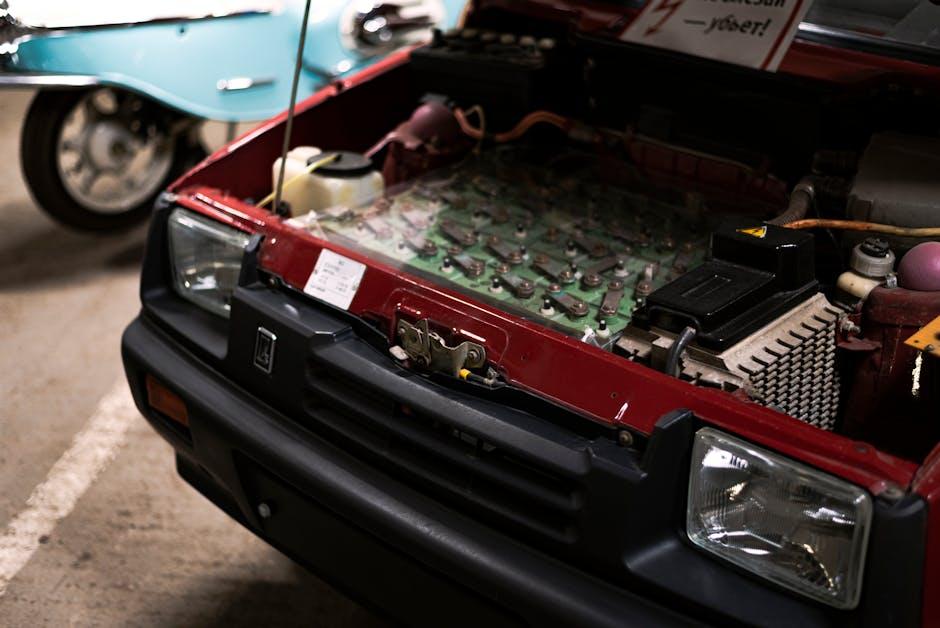
Tips for Maintaining Wiring and Connections
Keeping your vehicle’s electrical system in top shape begins with regular inspections. Focus on areas where wires are exposed or where connectors join, as these spots are prone to wear and corrosion. Gently clean connectors with a soft brush and an electrical contact cleaner to prevent residue buildup, ensuring a solid connection without risking damage. Remember to always disconnect the battery before any maintenance to avoid shorts or sparks.
Additionally, use quality zip ties or wire loom sleeves to organize and protect your wiring from friction and heat sources. Avoid overstretching wires, as tension can lead to internal breaks that are hard to detect but can cause intermittent faults. Here’s a quick checklist to guide your routine:
- Inspect for frayed or cracked insulation
- Ensure connectors are snug and free of corrosion
- Secure wiring away from moving parts
- Replace damaged clips or ties promptly
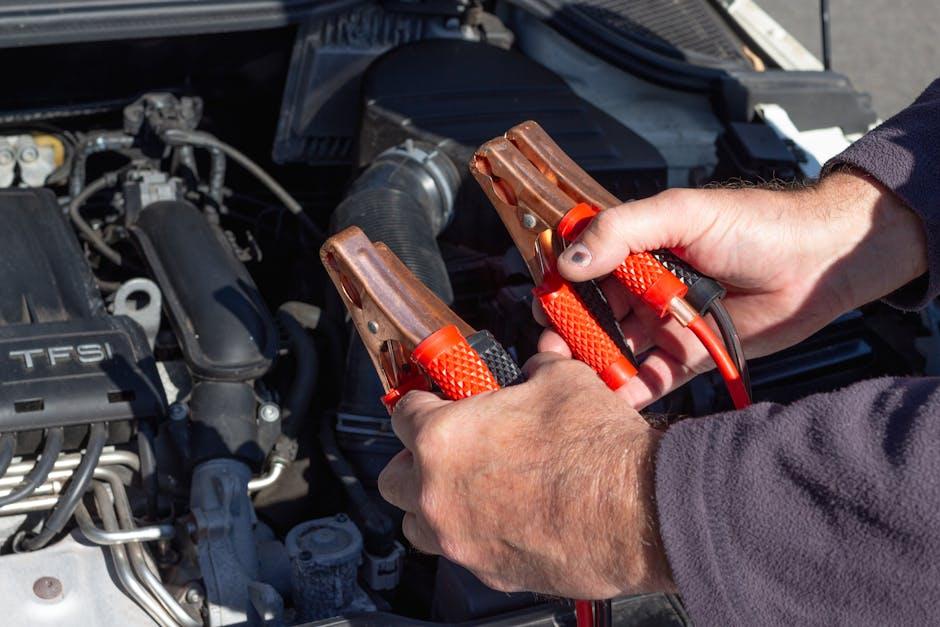
Recognizing Signs of Electrical Problems Early
Spotting the early indicators of automotive electrical issues can save you from costly repairs and roadside inconveniences. Pay close attention to unusual dashboard warning lights that flicker or stay lit longer than usual, as they often signal underlying electrical faults. Additionally, if you notice dimming or flickering lights, irregular sounds from your car’s electronics, or if the battery warning light comes on unexpectedly, these are red flags that warrant immediate inspection.
Keep an eye out for these common electrical warning signs:
- Slow-cranking engine: The car struggles to start or starts sluggishly despite a fully charged battery.
- Intermittent power loss: Sudden loss of power in electronic components like power windows or dashboard gauges.
- Burning smell or visual sparks: Signs of overheating wires or faulty fuses can indicate severe wiring issues.
- Frequent blown fuses: Repeated fuse failures suggest an underlying electrical short.
| Symptom | Potential Cause | Recommended Action |
|---|---|---|
| Dim lights | Battery or alternator issue | Check battery and charging system |
| Sparks at fuse box | Wiring short | Inspect and repair wiring |
| Dashboard flickers | Loose connections | Secure connections |
| Frequent fuse blows | Faulty components | Diagnose and replace parts |
Q&A
Q: Why is electrical safety important for car owners?
A: Modern cars rely heavily on electrical systems to power everything from ignition and lighting to infotainment and safety features. Ensuring electrical safety helps prevent malfunctions, fires, and costly repairs, keeping you and your vehicle safe on the road.
Q: What are the common signs of electrical problems in a car?
A: Flickering dashboard lights, dim headlights, malfunctioning power windows, blown fuses, strange odors (like burning plastic), or difficulty starting the vehicle are all red flags indicating potential electrical issues.
Q: How can I safely inspect my car’s electrical components?
A: Always start by turning off the engine and disconnecting the battery if you plan to check wires or fuses. Avoid touching exposed wires with wet hands or conducting tools. Use insulated gloves and, if unsure, consult a professional mechanic.
Q: Are there any precautions to take when jump-starting a car?
A: Absolutely! Connect the positive terminals first, then the negative, avoiding contact between the terminals. Never lean over the battery during the process, and make sure the cables are in good condition to prevent sparks or short circuits.
Q: How often should I have my car’s electrical system checked?
A: It’s wise to have a routine electrical check-up at least once a year or whenever you notice irregularities. Regular inspections can catch tiny issues before they become costly or dangerous.
Q: Can aftermarket electrical accessories affect my car’s safety?
A: Yes. Improperly installed accessories like additional lights, sound systems, or chargers can overload circuits, leading to shorts or battery drain. Always use quality parts installed by professionals and ensure compatibility with your vehicle.
Q: What should I do if I smell burning or see smoke from my car’s electrical system?
A: Pull over safely and turn off the engine immediately. Do not attempt to investigate or fix the problem yourself. Call roadside assistance or emergency services to handle the situation safely.
Q: How can I prevent corrosion on my car battery terminals?
A: Regularly clean terminals with a mixture of baking soda and water, apply a protective grease or terminal spray, and ensure the battery is securely mounted to minimize vibration that can cause wear.
Q: Are DIY repairs safe when it comes to electrical issues?
A: While small tasks like replacing fuses might be safe with proper knowledge, complex electrical work carries risks of injury and damage. When in doubt, seek professional assistance.
Q: What is the best practice regarding unplugging devices from car outlets while driving?
A: Avoid unplugging devices while the car is in motion to prevent accidental short circuits or driver distraction. Always connect or disconnect chargers and adapters when the vehicle is stationary.
To Wrap It Up
In the ever-evolving world of automotive technology, electrical systems are the heartbeat that keeps your vehicle running smoothly. By embracing these electrical safety tips, car owners not only protect their vehicles but also ensure their personal safety on every journey. Remember, a little precaution goes a long way—treat your car’s electrical components with the respect they deserve, and drive confidently into the future, powered by knowledge and care.

